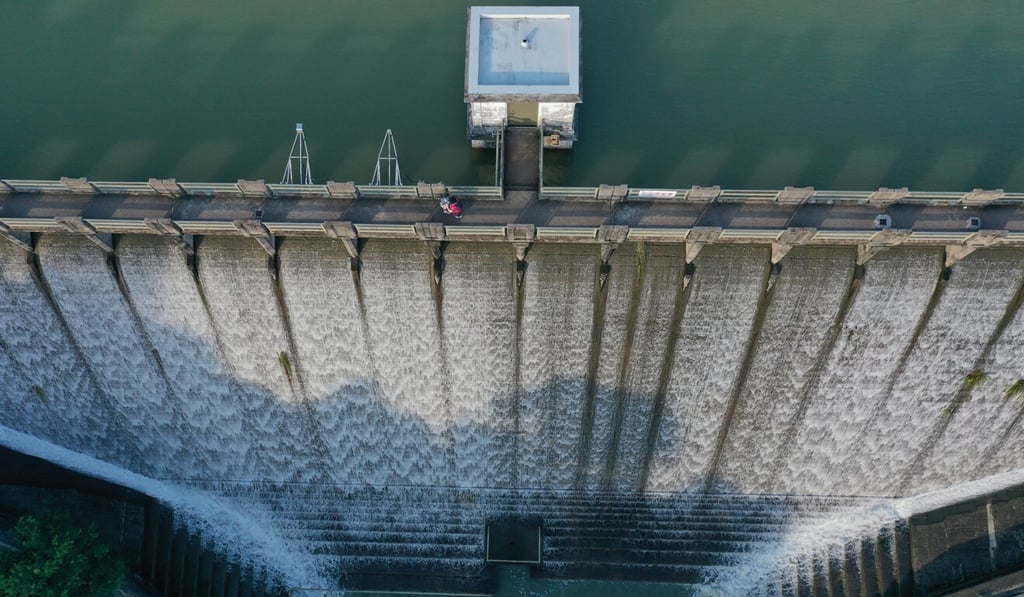Abacus | Japan will profit from Singapore’s taste for sewage. Hong Kong dig in!
- Hong Kong’s dependence on imported water is a problem increasingly being felt across the world
- Population growth, climate change and plain old bad piping mean it’s time to invest in the companies behind desalination technology

HONG KONG DROUGHT OF THE 1960s
In the 1960s, Hong Kong was struck by a severe drought, with water rationed and supplied only for four hours every four days. The colonial government opted for a quick fix under the desperate circumstances, undertaking the Dongshen project to import water from the Dongjiang in Guangdong. The abundant fresh water from China, coupled with construction of water reservoirs and seawater flushing infrastructure, got the crisis under control within a few years. And attempts to create an alternative water supply through desalination were abandoned five years before the handover. To the British, buying water from the mainland was simply a commercial transaction, but in the process it gave the Chinese the upper hand in negotiations by controlling Hong Kong’s water supply.

Hong Kong has grown increasingly reliant on imported water, and the Dongshen Water Supply Scheme now accounts for 70-80 per cent of fresh water used today, and about 52 per cent of total water consumed – catchment water and toilet flushing seawater included.
RAPID GLOBAL POPULATION GROWTH
